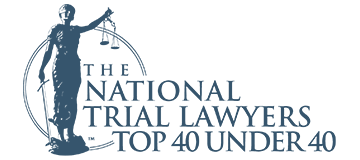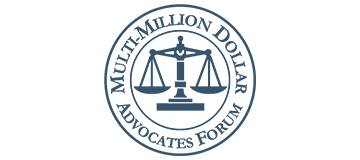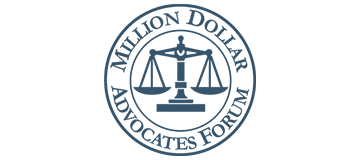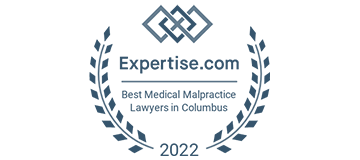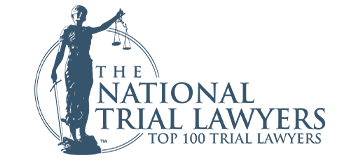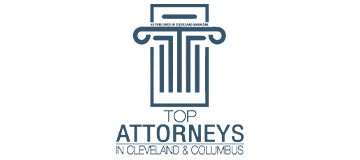For personal injury and wrongful death attorneys, clear, effective communication is a vital element of any successful case. A key theme we’ve discussed before is how good communication with our clients enables us to seek justice and healing on their behalf. In this post, we’re going to examine effective communication from another perspective: that of the juror.
The story of a case
In a sense, communicating to a jury is much like storytelling. What we’ve found works best is to make jury members feel as if they’re protagonists in our client’s story. We want them to understand that while the story may have started with our client and the defendant, it’s now in their hands to determine the story’s ending. We remind them of the power they hold to change someone’s future.
For a free legal consultation, call 614-481-6000
How to tell the story
Many other attorneys may employ the tactic of showcasing their client’s struggles in the aftermath of the defendant’s bad behavior. This technique helps the jury understand the client’s injuries so the jury will want to act in his or her favor—which is a fine place to start, but we take a slightly different approach: we focus on the defendant’s conduct.
Especially in this world of conservative juries and the supposed need for tort reform, it can be extremely important to focus on a defendant’s wrongful conduct or detail the rules they’ve broken. Juries need to understand why a defendant’s conduct violated the explicit or implied rules and standards that everyone expects all members of the community to follow to keep the community safe. So, during all parts of the trial—opening statements, presenting evidence, and closing arguments—we focus much of our storytelling effort on the defendant’s conduct and how it violated community standards.
This approach also makes sense from a purely legal perspective. In civil litigation, the plaintiff can’t ask jurors to put themselves in their shoes (what’s known as a “golden rule argument”), because judges want juries to objectively consider the facts of a case, rather than respond in an emotional manner. Concentrating on the defendant’s wrongdoing and how it violated community standards helps ensure objective decision-making.
Clarifying the rules
It’s important to establish and emphasize the safety rules in question, and then show how the defendant has breached those rules. “Safety rules” often take the form of laws or regulations designed to protect people in a community. Traffic laws, for instance, are well documented safety rules—an accident caused by a driver who runs a red light, is a straightforward example of a broken safety rule which results in negative consequences.
In other circumstances, when there isn’t a specific law or regulation to point to, the recognized standards in the defendant’s industry or community serve as the safety rules. A plaintiff often establishes those rules through expert witness testimony. In medical malpractice cases, for example, an expert witness—a competent general practice doctor or surgeon—can help the jury understand what standard of care should be expected in a given medical situation. and sometimes, even the defendant’s own employees or representatives admit that a certain safety rule applies.
By using testimony from expert witnesses and from the defendant’s own representatives to establish safety rules, we take a difficult concept that most jurors don’t have direct experience with and break it down into something they can understand.
Click to contact our personal injury lawyers today
Jurors: Voices of the community
We strive to present our case in a way that lets jurors see themselves as active protagonists in the story that results in justice being served. We reinforce that their role is more than just listening to two opposing parties presenting evidence—it is to act as the voice of their community, and in essence decide what their community’s standards of care and safety rules are and will be.
How we communicate this idea varies with the facts and nature of each case. For instance, we had a business case where one of the themes we emphasized was simply that there should be more morality in business. There had been so many stories in the news about businesses acting dishonorably that we decided to emphasize a community standard of not giving a “free pass” for wrongful conduct just because it occurred in the business conduct. We reminded jurors that through their verdict, they could act as the voice of their community and deliver a powerful message. Their message could establish that morality is important in their community—even in business—and that the community would not tolerate the type of conduct that the defendant tried to get away with..
That kind of power and responsibility can be an excellent motivator for jury members to do the right thing on behalf of our clients and their community.
Complete a Free Case Evaluation form now
Connecting through honesty
Finally, how we communicate to juries is just as important as what we communicate. As a trial lawyer, to be the most effective we must open up and connect with the jury on a personal level.
While legal argument is important in each case, we try not to hide ourselves or our clients behind complex legal language. We let our personalities come through so we can connect with jurors as people. Connecting with someone this way leads to better communication, which in turn makes it more likely that jurors will understand your case.
Authenticity is something we pride ourselves on—a core principle of our firm, in fact—and it sets us apart from other trial lawyers. Other attorneys may also use some of the techniques discussed here, but doing so without establishing a rapport and personal connection with jurors tends to make those techniques ring hollow. Authenticity is key.
The outcome of any client’s case will depend on the particular legal and factual circumstances of the case.
Call or text 614-481-6000 or complete a Free Case Evaluation form




